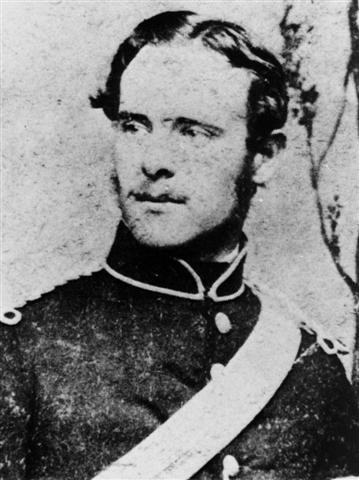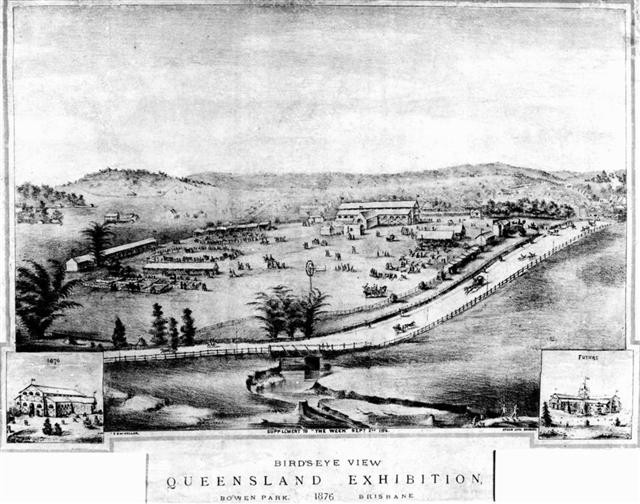The Census aims to accurately measure the number of people in Australia on Census night, their key characteristics, and the dwellings in which they live. For detailed information on this year's census see The Australian Bureau of Statistics' website. See also the State Library's webpage on Census and Muster Records.
Information collected allows the Australian Government to gain a snapshot of Australians and plan for their future needs.It also allows historians to find out about families and communities at a particular moment in time. It means people are identifid by more than their name, dates of birth and death.
It has been the policy of the Australian Government (and colonial governments pre- 1901) to destroy the personal information on individuals once the statistical data has been extracted. You now have the option since the last census of having the personal data on your census form kept. To do so answer ‘yes’ to question 60.
The historical value of personal information on the census form
The Stanley family have played a significant role in Queensland. Francis Drummond Greville Stanley was the state’s second and longest serving Colonial Architect. His brother, Henry Charles Stanley was the State’s Chief Engineer of Railways. Montague Stanley, another brother, was the father of the Queensland artist, Gwendolyn Grant. Alice Stanley, their sister, died in the shipwreck of the Ly-ee-moon off Green Cape, NSW in May 1886, recognizable only by the bracelet a friend had given her before she left Melbourne.

We can track the changes in the family’s situation through the Scottish censuses. In 1851, the boys were students with less formal names: Frank and Harry. By 1861 Frank and Harry were employed as an architect and civil engineer respectively. Montague had left and for Australia, as the shipping records for Victoria indicate. The number of boarders in the household suggests the family is in reduced circumstances. The two remaining sons and the rest of the family with their widowed mother had all arrived, as cabin passengers, in Queensland by 1863. The censuses allow us to get a perspective on the family we would not otherwise have.
Those with “queer conditions of life” (Australasian Sketcher 1881)
In the 23 April 1881 edition of the Australasian Sketcher the duty of the enumerators to “hunt up the waifs and strays of city life who nestle in boilers or under the lee of cases, &c., upon the Melbourne wharf” was outlined as one which needed to be conducted at night and tended to cause alarm and fear. Similarly those in the Chinese quarter had concern about answering the questions.
Today special arrangements need to be made for homeless people and for ‘fly in, fly out workers’.
Our past censuses
In Pugh’s Almanac 1881 census information reveals the following about the State’s population and when bursts in growth occurred:
1846 (Moreton Bay) 2 257
1 January 1864 61 467
2 March 1868 99 312
1 September 1871 120 076
1 May 1876 173 283
It is interesting to view images of Brisbane with this growth in mind in the census year of 1876:

Think about whether you want your records retained or destroyed after checking this National Archives of Australia's census time capsule.
Your moment in history
Answer ‘yes’ to question 60 on 9 August and provide your descendants with a simple sketch of what your life was like now. Ten million people said yes last time.
Stephanie Ryan and Myles Sinnamon
Family History Unit
State Library of Queensland
Comments
Your email address will not be published.
We welcome relevant, respectful comments.